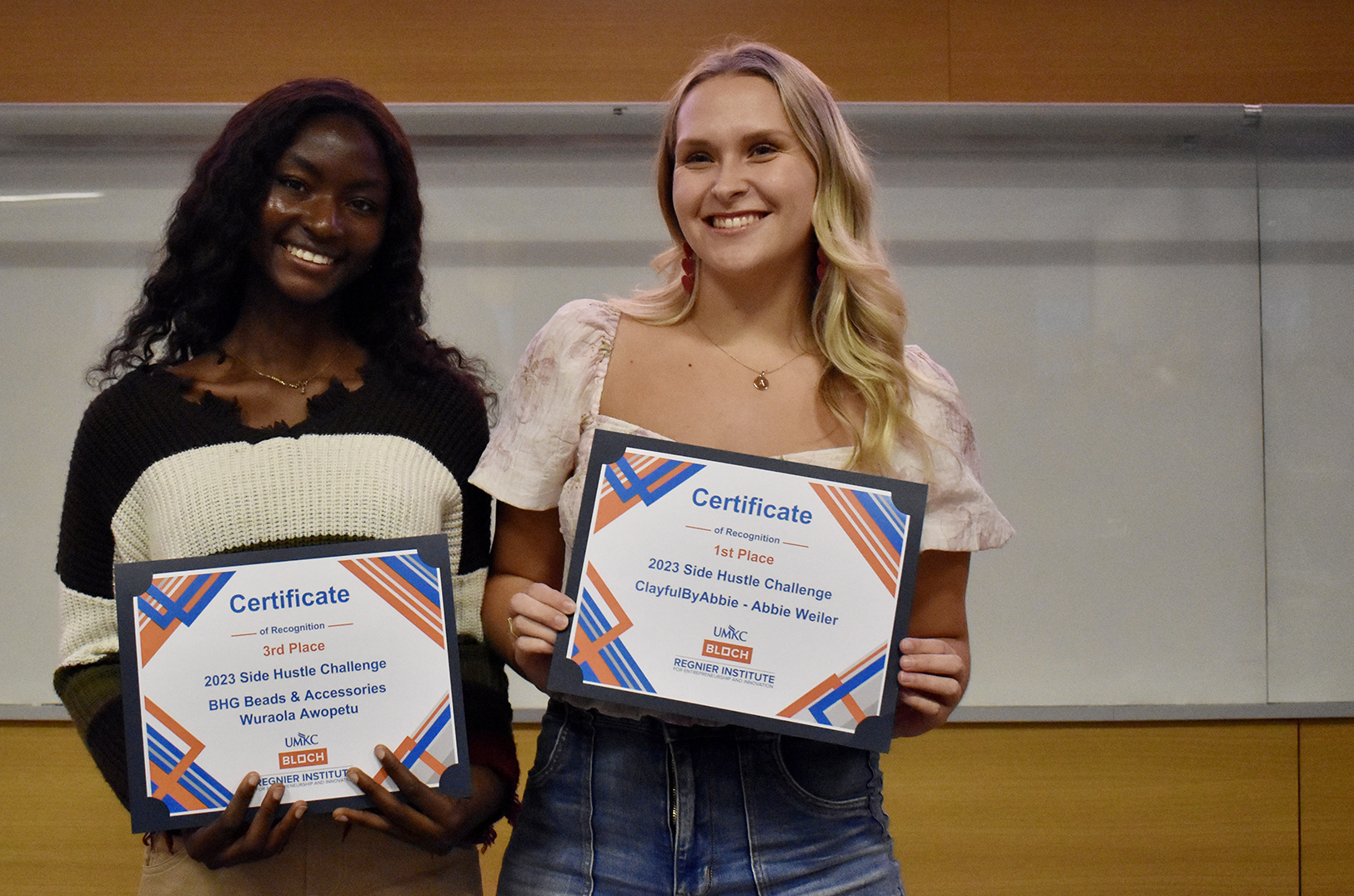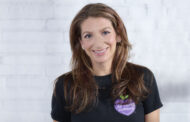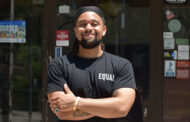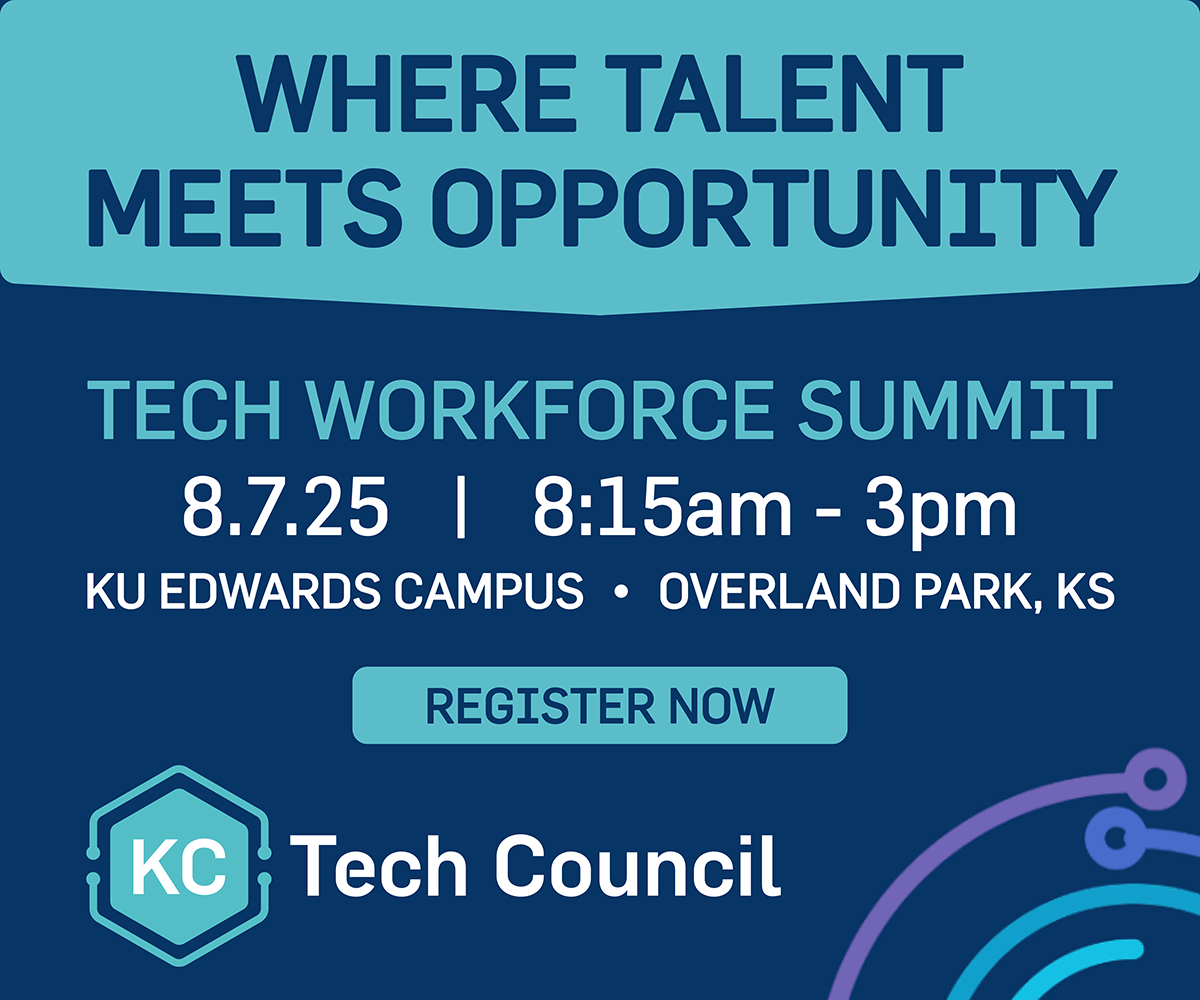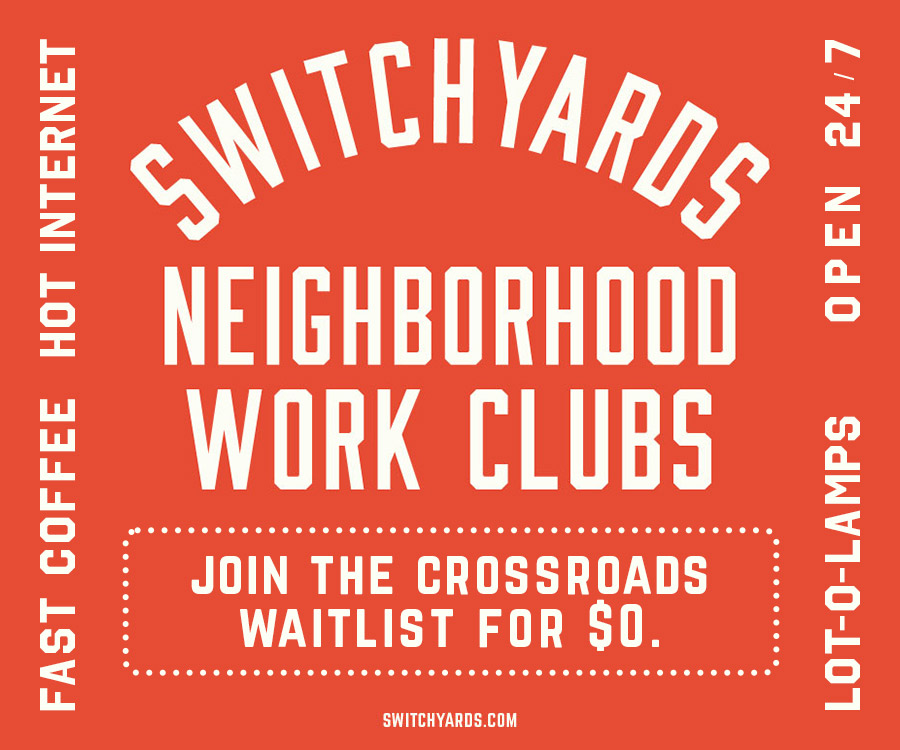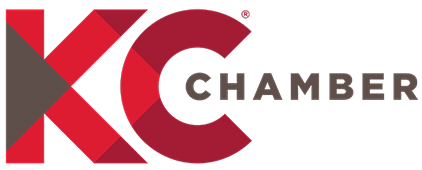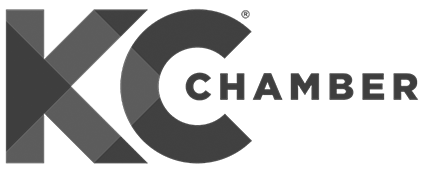Side hustles are a growing trend across the country — and the UMKC campus, said Alex Krause Matlack, noting the university is leaning into its role as an innovation incubator for student founders.
Now in its second year, UMKC’s Side Hustle Challenge was established with the primary goal of empowering students with the knowledge and skills necessary to refine their small business concepts and establish connections that resonate with their side hustle’s target audience.
“We learned, through a cross-campus survey, that while only a small percentage of students were interested in being entrepreneurs, many already have side hustles,” said Matlack, director of Entrepreneurship Scholars (E-Scholars) at the University of Missouri-Kansas City.
“Sometimes it’s hard to self-identify as an entrepreneur, but that’s exactly what these students are doing,” she continued. “We wanted to find a new way to connect with students who might not think of themselves as entrepreneurs but who are doing something very entrepreneurial.”
The Henry W. Bloch School of Management and Regnier Institute for Entrepreneurship and Innovation announced winners of the 2023 challenge Tuesday during its First Tuesdays afternoon event. Cash prizes were awarded to three students.
“This is the first of our programs specifically targeting side hustles, or smaller businesses, students may be launching on the side,” said Matlack.
“The challenge also connects to the E-Scholars program where students can launch their projects over the course of a semester,” she added.
To enter the Side Hustle Challenge, students each created a social media video of no more than two-minutes’-worth of content explaining their real-world businesses. Their short video clips were shown to their peers, and three student winners were selected by popular vote.
Forty-six entries from seven UMKC schools were reviewed by faculty, then narrowed to a top 12. Nearly 550 votes were garnered from students across campus.
First place winner: ‘ClayfulByAbbie’ by Abbie Weiler, won a $1,000 cash prize.
Weiler’s business sells polymer clay earrings online through her etsy shop, as well as in the KC metro community during local craft fairs.
“Much like the name, Clayful aims to add an element of fun and color into people’s lives,” said Weiler, “and make bold designs that give customers the confidence to be who they are.”
She started her business during the pandemic looking for a way to express herself creatively with the new freetime she had during quarantine. Now, she has achieved more than 1,000 sales for her business all over the world.
Second place winner: ‘Lazy Laundry’ by Caleb Elliott, won the $750 prize.
Elliott’s winning business idea is a two-way system for students to earn some extra cash on campus doing laundry loads for others.
“I started this because I thought it’d be nice if I could pay someone else to do my laundry because I didn’t have time,” said Elliot during his short video.
“Basically the concept is like Uber but for laundry,” said Elliot. “So if you don’t have to do your laundry, you can have somebody else do it.”
Third place: ‘BHG Beads & Accessories’ by Wuraola Awopetu, won $500.
Awopetu’s business is all about making bracelets, anklets and waist beads from African crystal beads. Her Instagram @bhgbeads and word of mouth on campus are the main ways her customers place orders.
“We started the business here in order to continue what we had back in my home country Nigeria,” said Awopetu in her short clip. But since she and her mother moved to the U.S. right before the pandemic, Awopetu is just now restarting the business.
“I am really excited about this idea because the bracelets we make are non-perishable, they do not spoil, and they only break if they are not handled with care,” said Awopetu.
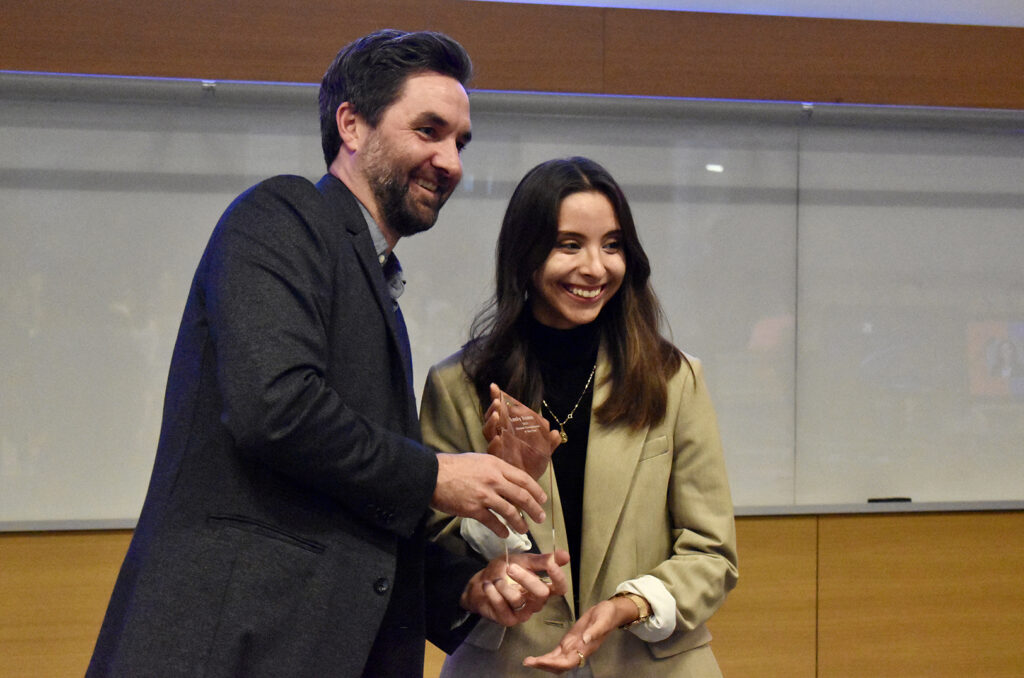
Lesly Romo, right, is awarded the Student Entrepreneur of the Year award by UMKC’s Ben Williams; photo by Nikki Overfelt Chifalu, Startland News
Student Entrepreneur of the Year
In addition to the Side Hustle Challenge winner reveal, UMKC also announced its Student Entrepreneur of the Year honoree at the First Tuesdays event.
The recognition went to Lesly Romo, a UMKC business administration student and bilingual real estate agent who closed more than $2 million in sales last year.
The Student Entrepreneur of the Year Award is an annual award that honors individuals for their originality, risk-taking, tangible results, and unwavering persistence in entrepreneurship and innovation.
As vice president of UMKC Enactus projects, Romo drives social entrepreneurship with plans to start her own financial literacy nonprofit and open an inclusive soccer facility.
“I think she’s a fantastic example of using the Regnier Institute programs by being an entrepreneur, taking advantage of opportunities, and solving real problems,” said Ben Williams, managing director for the Regnier Institute at UMKC.
Romo is set to be honored Nov. 30 at UMKC’s Entrepreneur of the Year Awards. Click here for more event info.
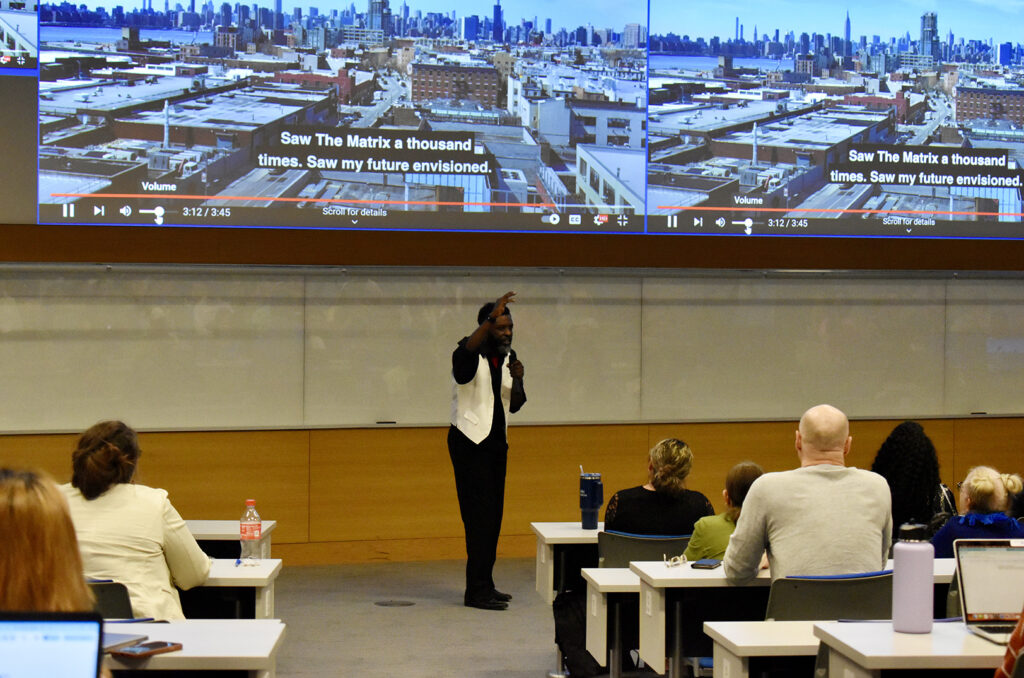
Keith Kirkland, WearWorks, speaks to a crowd gathered for UMKC’s First Tuesdays event; photo by Nikki Overfelt Chifalu, Startland News
Design focused on touch
Keith Kirkland, co-founder of WearWorks, served as the featured guest for November’s First Tuesdays gathering. His company is revolutionizing digital communication by expanding sensory experiences in the digital world.
Through WearWorks, Kirkland is creating haptic (touch-based) wearable technology to make digital interactions more accessible for individuals with disabilities.
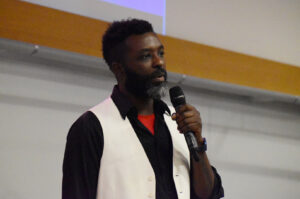
Keith Kirkland, WearWorks, addresses UMKC’s First Tuesdays event; photo by Taylor Wilmore, Startland News
“They’re 285 million people worldwide living with a visual impairment. That’s like the population of America,” said Kirkland. “So when you look at mainly work being communicated visually, guess who lucked out. You might think audio is a really good secondary option. But oftentimes audio isn’t enough.”
“Instead of designing features that are not accessible for our future selves, why don’t we understand that ability is just a temporary phenomenon?” he continued.
One of Wearwork’s products is the HapticNav App. The app, described as a virtual corridor, guides users to their desired end location with vibration on mobile or smartwatch. No vibration means that the user is on the right path, while a vibration helps users get back on track if they step out.
“We saw a map and we saw a super huge opportunity,” said Kirkland. “One billion people use Google Maps every month. Every map is communicated either mainly visually, or secondarily as an audio experience,” said Kirkland.
“But, different navigation isn’t always safe,” he added. “Oftentimes, it’s not practical.”
To combat that challenge, the app utilizes voice integration to make sure that it is accessible for the blind or visually impaired community.
The app is available for free for both IOS and Android. Coming soon, he plans for users to be able to connect their Apple or Android watches directly using haptics.



